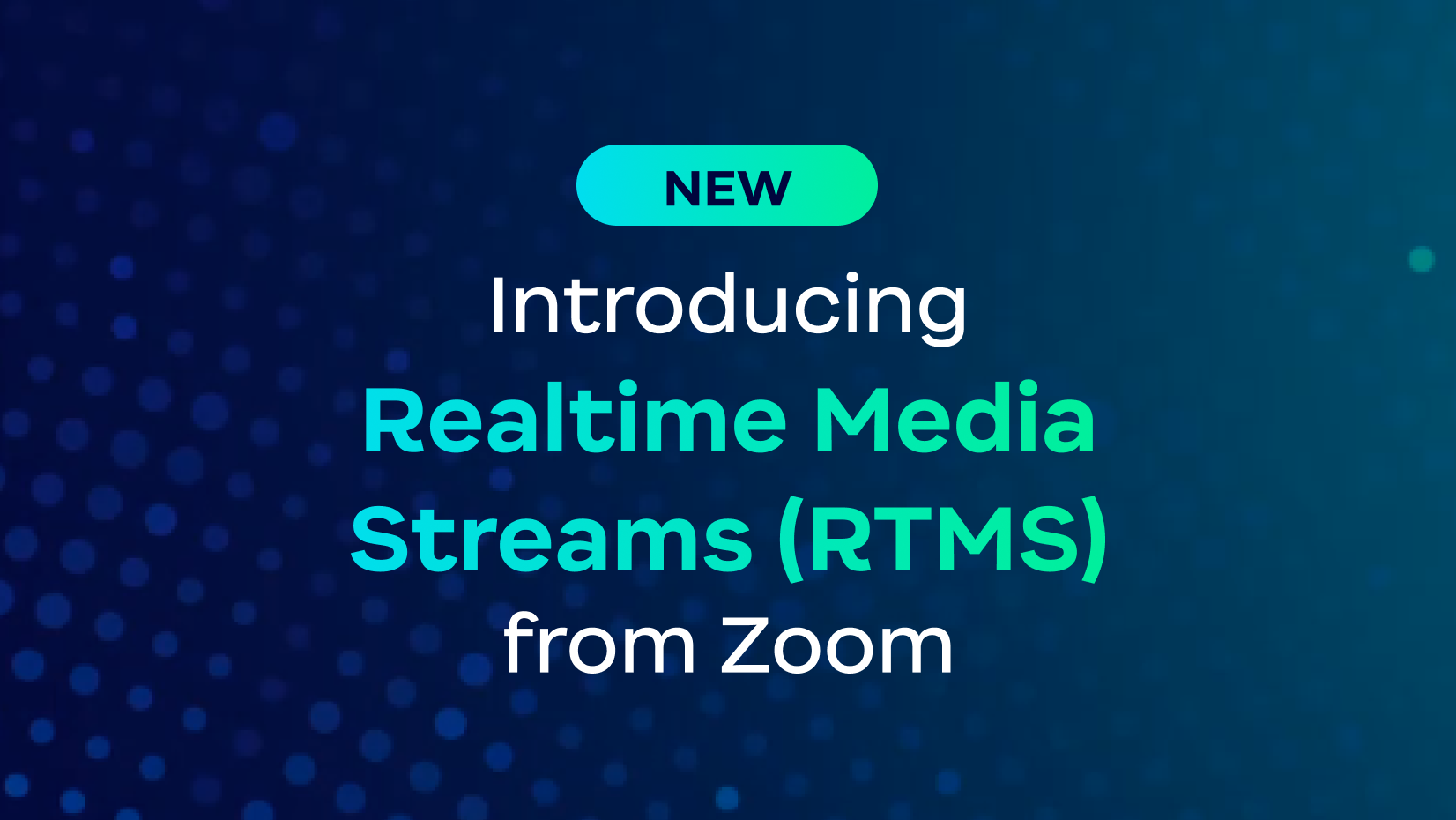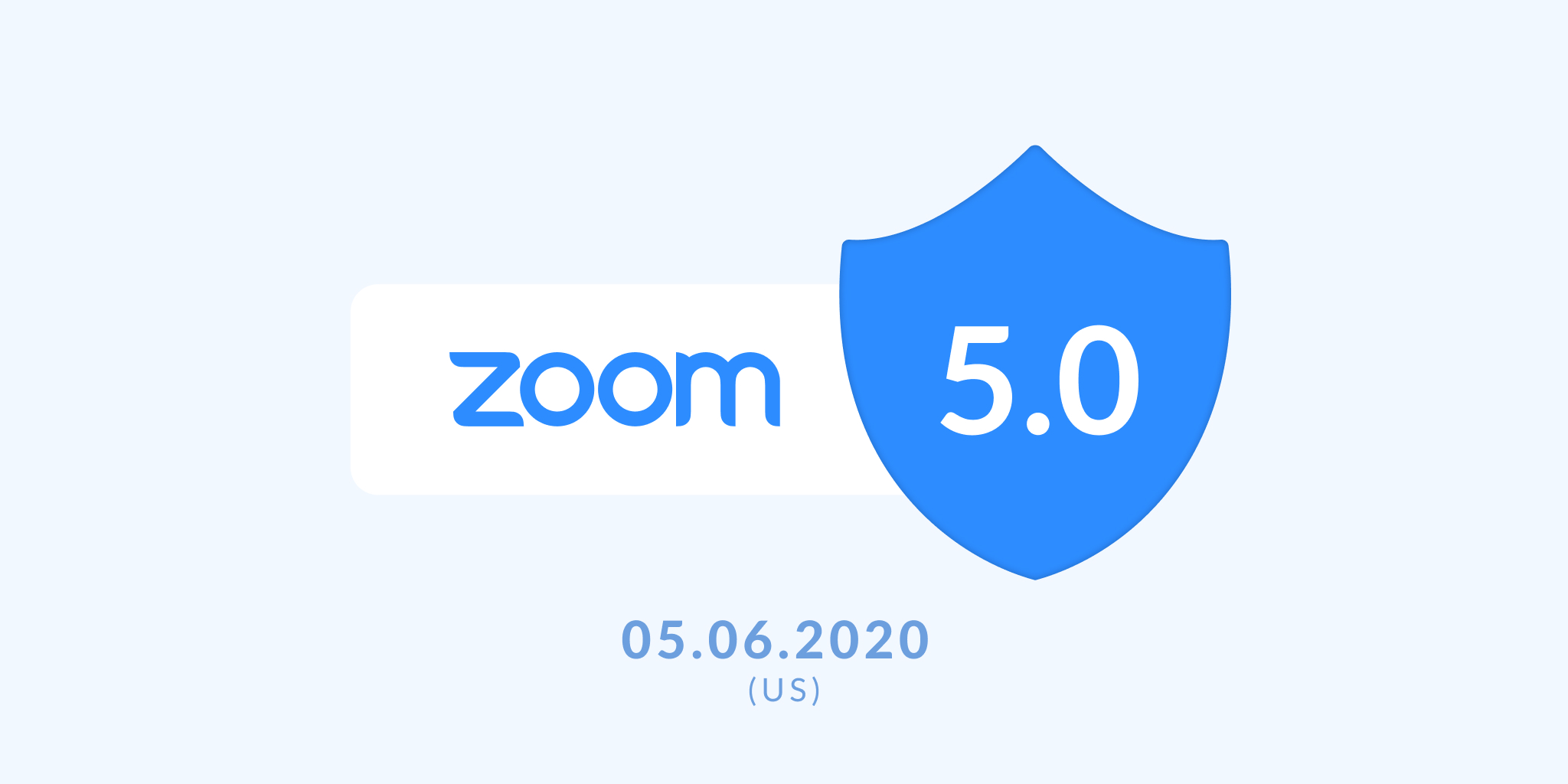
Zoom enables next-gen AI solutions with Realtime Media Streams
Realtime Media Streams gives developers and organizations secure, real-time access to audio, video, and transcript data directly from Zoom Meetings.
Updated on June 30, 2020
Published on May 07, 2020



Progress made in April Here are some of the key milestones in the first 30 days of our 90-day security plan:  New security defaults on for Basic accounts This weekend, we will require passwords on all Basic accounts, and set the defaults for waiting rooms on and screen shares for hosts only. At a future date, we will institute new defaults and settings for all Zoom accounts. Most notably, passwords will be required for all meetings (new and recurring) and webinars, including for phone attendees. We’ll also provide more management over virtual backgrounds and will disable the ability to join meetings from multiple devices. Look for additional communications on these changes in the coming weeks. Zoom 5.0 reminder Zoom 5.0 became generally available on April 27. A system-wide account enablement to AES 256-bit GCM encryption will occur on May 30, 2020, and only Zoom clients on version 5.0 or later, including Zoom Rooms, will be able to join Zoom Meetings starting that day. We encourage users to update to 5.0 today; Zoom admins should visit our IT administrators page to manage this update in their environment. Meetings vs. webinars Oded gave context on the different ways of leveraging Zoom to securely host an online event. Meetings are much more commonly used, but you’ll have more control and better attendee management with webinars. Some of the key differences:
New security defaults on for Basic accounts This weekend, we will require passwords on all Basic accounts, and set the defaults for waiting rooms on and screen shares for hosts only. At a future date, we will institute new defaults and settings for all Zoom accounts. Most notably, passwords will be required for all meetings (new and recurring) and webinars, including for phone attendees. We’ll also provide more management over virtual backgrounds and will disable the ability to join meetings from multiple devices. Look for additional communications on these changes in the coming weeks. Zoom 5.0 reminder Zoom 5.0 became generally available on April 27. A system-wide account enablement to AES 256-bit GCM encryption will occur on May 30, 2020, and only Zoom clients on version 5.0 or later, including Zoom Rooms, will be able to join Zoom Meetings starting that day. We encourage users to update to 5.0 today; Zoom admins should visit our IT administrators page to manage this update in their environment. Meetings vs. webinars Oded gave context on the different ways of leveraging Zoom to securely host an online event. Meetings are much more commonly used, but you’ll have more control and better attendee management with webinars. Some of the key differences:  View our support article for a feature comparison, or watch this recording for examples and use cases. Report a User Lynn reiterated that offensive or abusive conduct violates Zoom’s terms of service and that reports filed using the Report a User feature go to our Trust & Safety team, which will review each report on a case-by-case basis and take appropriate action. That could include suspending or terminating the account or even involving law enforcement when warranted.
View our support article for a feature comparison, or watch this recording for examples and use cases. Report a User Lynn reiterated that offensive or abusive conduct violates Zoom’s terms of service and that reports filed using the Report a User feature go to our Trust & Safety team, which will review each report on a case-by-case basis and take appropriate action. That could include suspending or terminating the account or even involving law enforcement when warranted.
Thanks for attending this week’s session, and thank you to everyone who submitted questions! We are grateful for your support on our journey to make Zoom the world’s most secure enterprise communications platform. If you missed this week’s session, you can watch the recording here:
To give your feedback or to ask Zoom a question, send an email to answers@zoom.us. And be sure to sign up for next week’s “Ask Eric Anything” webinar.